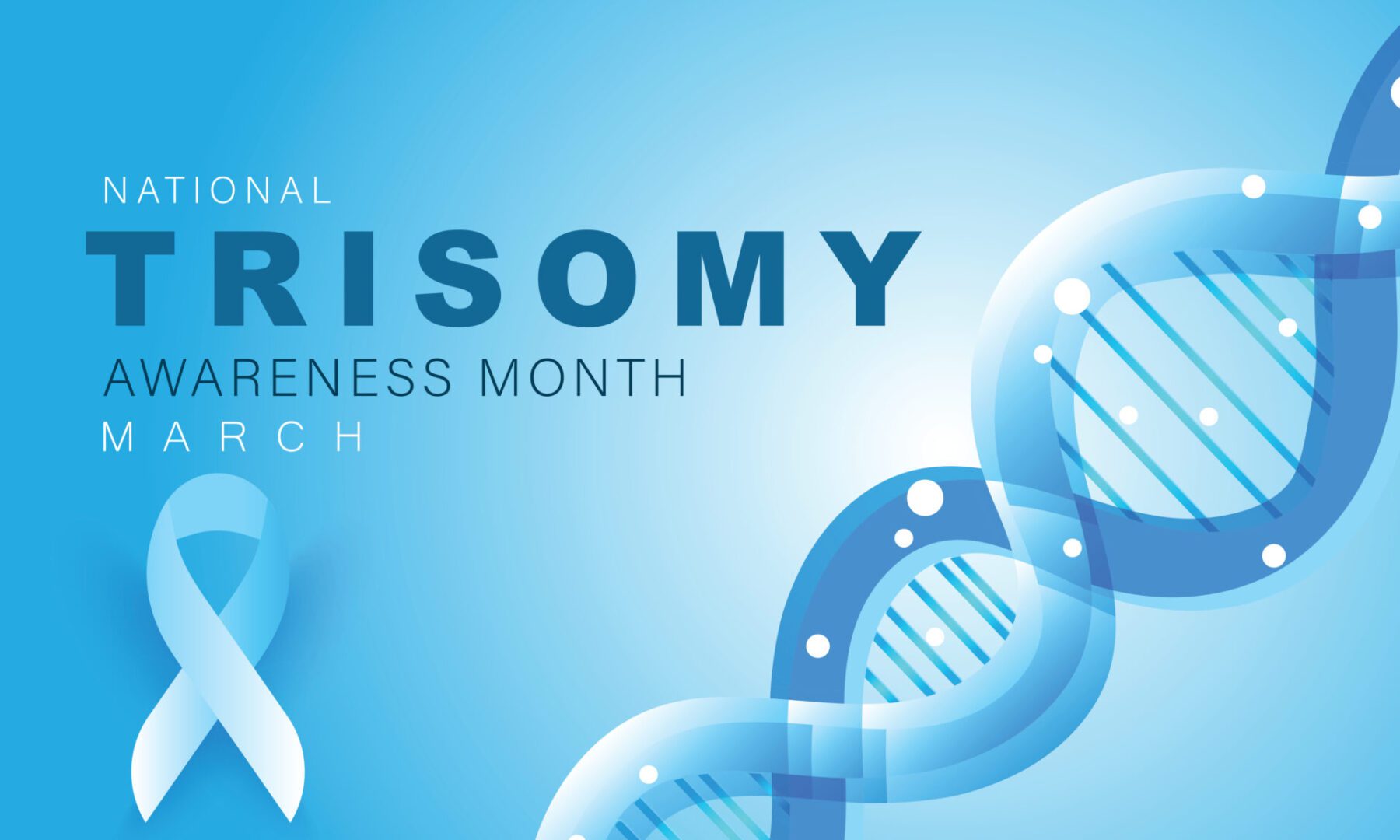Search by Color or Cause


Trisomy Awareness Month takes place in March. March raises awareness about trisomy conditions and, in addition, the challenges these conditions pose to individuals and families. Research on these conditions plays an important role in the lives of these individuals and families. Light blue represents some trisomy conditions. Others, such as Down syndrome, use the yellow and blue awareness ribbon. For those conditions that are represented by light blue, we offer enamel awareness ribbon pins, fabric ribbons, and light blue silicone awareness wristband bracelets. For Down syndrome, we offer both a personalized and non-personalized enamel awareness ribbon pin in yellow and blue.
Further, Trisomy Awareness Month helps to educate people about trisomy disorders. Most people have 23 pairs of chromosomes in most or all of their cells for a total of 46 chromosomes. These chromosomes include DNA and other material that provide a blueprint for “building” a person.
However, some people have trisomy conditions. These conditions are related to having an extra chromosome in most or all of their cells, for a total of 47 chromosomes. An extra chromosome can cause a variety of health problems. These range from mild intellectual and developmental disability to severe physical problems. Most of the time, trisomy conditions, for example, are not passed from one generation to the next. Instead, they are the result of a random error that occurs during cell division very early on in development.
Trisomy occurs when a person has a full or partial extra chromosome in most or all of his or her cells – 47 chromosomes total.
The specific health issues of a trisomy condition and how severe those issues are depend on:
Health conditions and problems associated with trisomy include physical abnormalities, such as extra fingers or toes, physiological issues, such as irregular heartbeat patterns, and problems related to intellectual and developmental functioning.
Most of the time, trisomy conditions are not passed from one generation to the next. They result from a random error that occurs during cell division very early on in development.
Trisomy can occur with any chromosome, but the most well-known syndromes are: